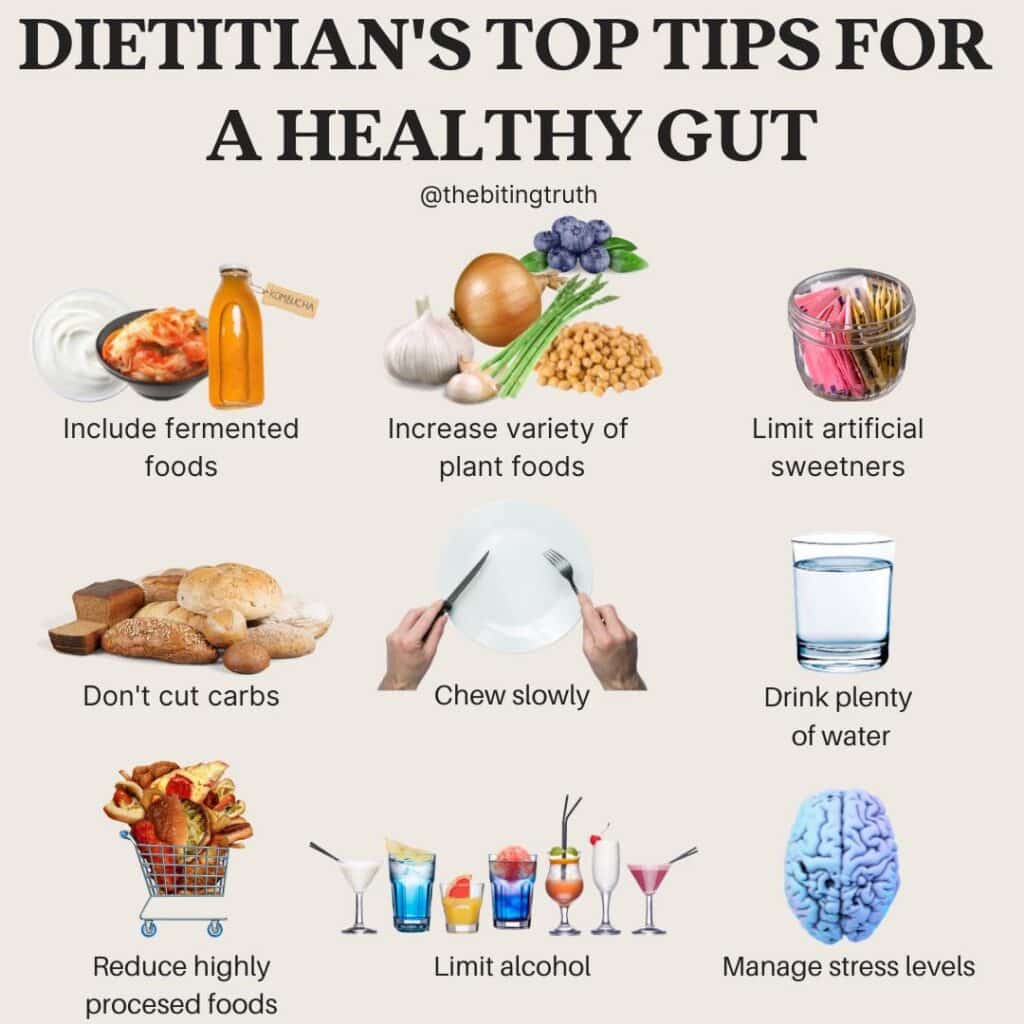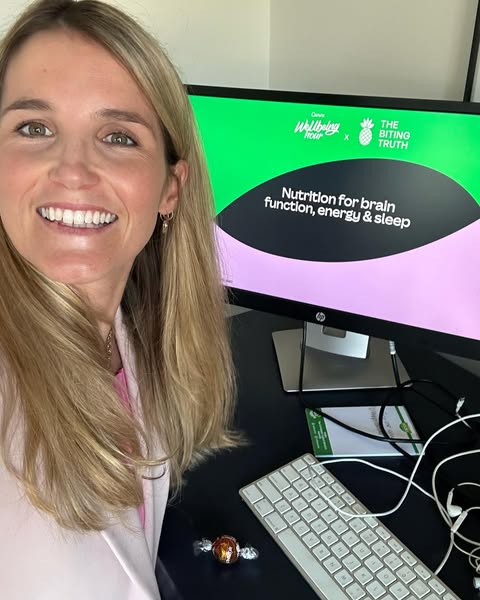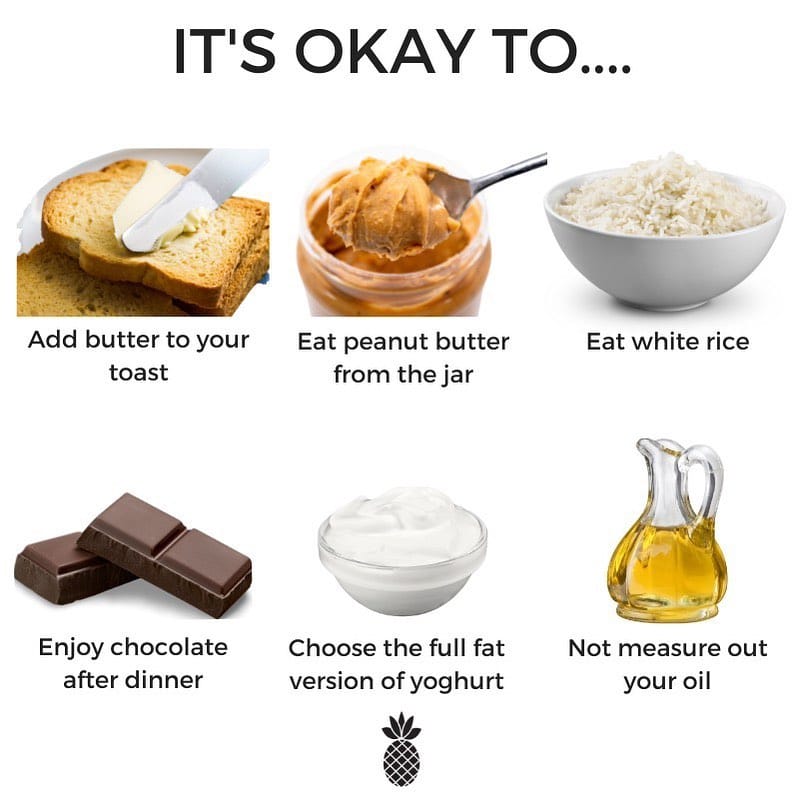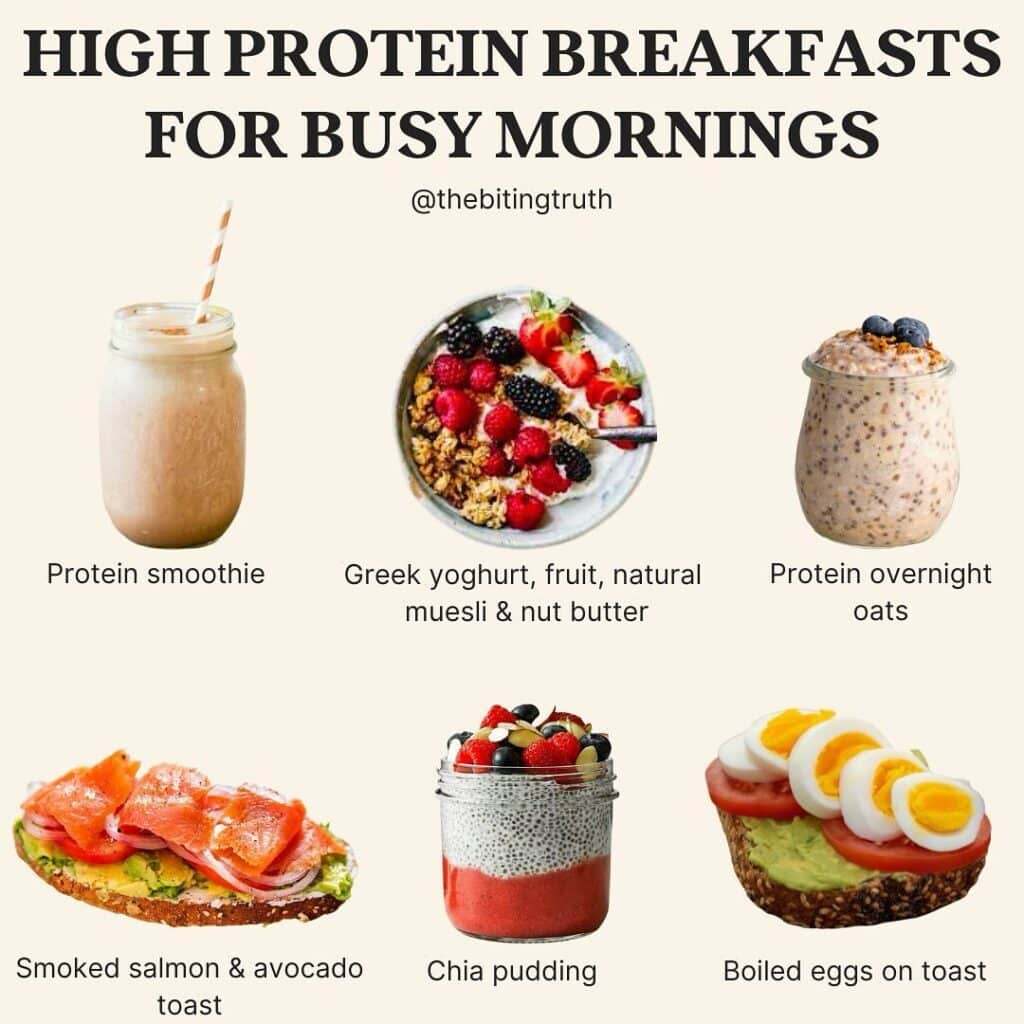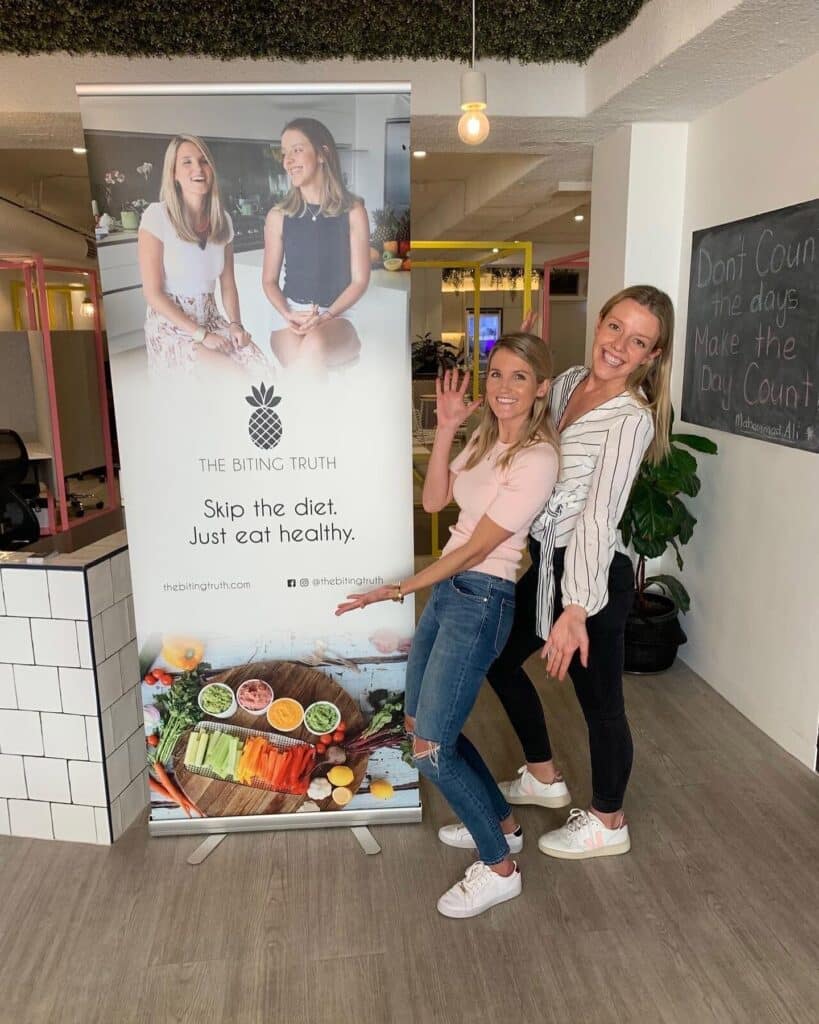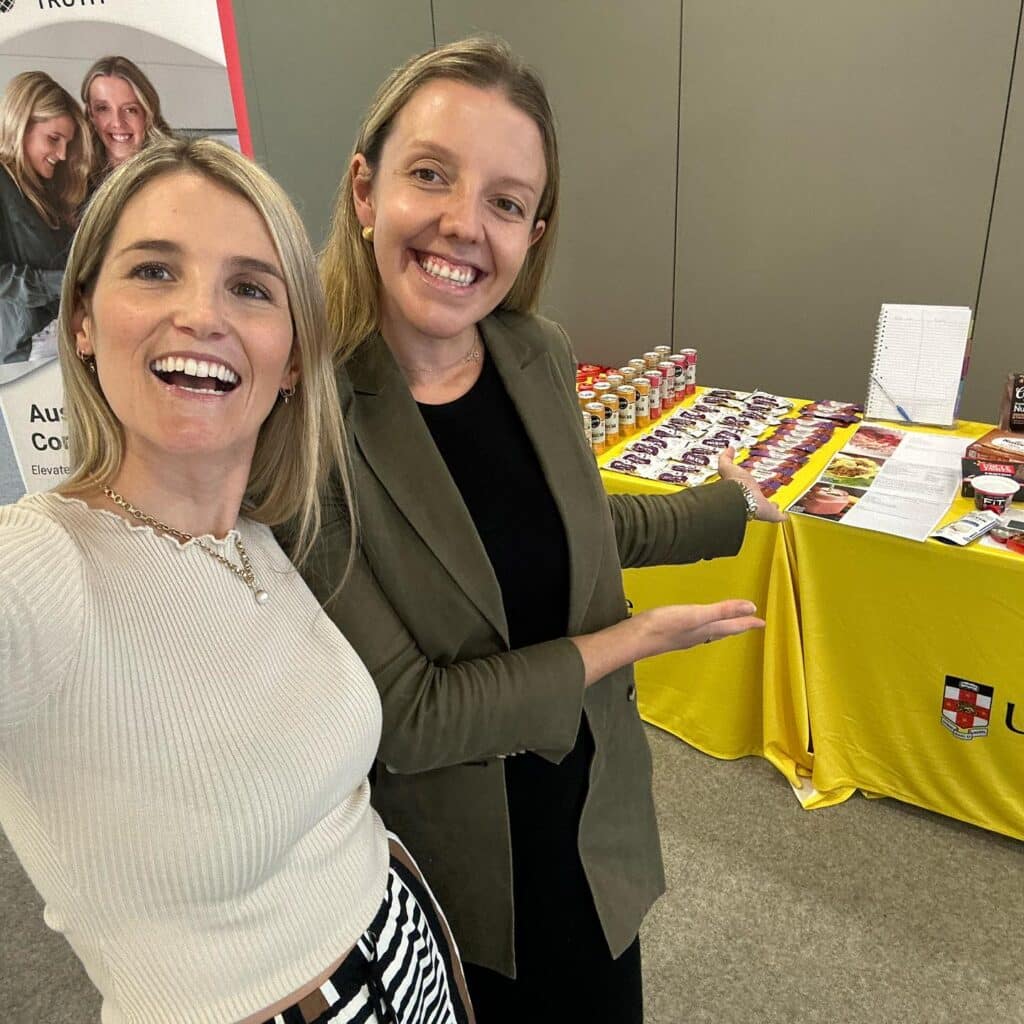Free shipping for orders over $80
Free shipping for orders over $80
The idea behind many food combination diets is that different foods digest at different rates in the body and require different digestive environments. People who follow these diets usually believe that this affects the absorption and digestion of the meal. While most of the information out there on food combinations is largely BS and lacks any scientific evidence (e.g. don’t combine starches and proteins, only eat fruit on an empty stomach), there are some specific food combinations that are actually backed by science and that when matched with the perfect partner can help increase nutrient absorption..
There are two types of iron in food: haem iron, which comes from animals (e.g. red meat, chicken, fish and eggs) and non-haem iron, which comes from plant sources (e.g. legumes, wholegrains and dark leafy vegetables).
Haem iron is well absorbed by your body, whereas non-haem iron is poorly absorbed. Thankfully, there is a nutrient combination that can help increase this absorption of non-haem iron. Combining non-haem foods with vitamin C helps change the non-haem iron to a form that is more easily absorbed by our bodies.
Perfect pairings: add a squeeze of lemon to dark leafy greens or serve legumes alongside raw cherry tomatoes or capsicum.
As we head into winter, carbohydrates become even more important, particularly if you are someone that exercises regularly. This is because exercise contributes to an increase in the number of stress hormones in the blood.
Consuming carbohydrates and protein together after a workout helps to speed up muscle recovery and can help to dampen this stress hormone response that exercise has on the body.
Perfect pairings: Enjoy yoghurt, berries + oats or wholegrain crackers, cottage cheese + tomato.
Fat soluble vitamins A, D, K and E need healthy fat in order to be absorbed by the body.
When these vitamins are ingested they are transported to our stomachs and then to the small intestine. Healthy fats in our diet act as ‘vehicles’ to carry these vitamins through the intestine, into the bloods and to the liver, where they’re stored until the body needs them. This obviously doesn’t mean you can stuff down as many donuts as you like because the type of fat matters. You want to choose unsaturated or ‘healthy’ fats for maximum nutrient absorption.
Perfect pairings: add extra virgin olive oli or avocado to a salad with leafy greens to help the body absorb Vitamin K, which plays a role in blood clotting.
One of the most important roles of vitamin D is to regulate calcium in the body, keeping our teeth and bones health. This is why maximum calcium absorption only occurs when combined when you have adequate vitamin D.
You may think of vitamin D as the ‘sun vitamin’ – that’s because when our skin is exposed to UV radiation, vitamin D is produced. Even though the sun is your main source of vitamin D, some foods also that contain small amounts of vitamin D (although it is not possible to meet daily vitamin D requirements through diet alone).
Perfect pairings: The best food sources of vitamin D include oily fish such as salmon, herring and mackerel. Some milks are also fortified with Vitamin D and you can also get mushrooms that have been exposed to UV.
When it comes to nutrition, there are loads of myths out there (we can thank Dr Google for that!), so it is important to ensure the source is credible and accurate. While the principles of most food-combining diets are not evidence-based, there are a few food combinations that have been scientifically shown to affect the suggestion and absorption of certain nutrients. If you have any questions, please email us at info@thebitingtruth.com
—
For more science-based articles, click here.
